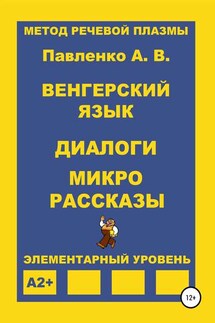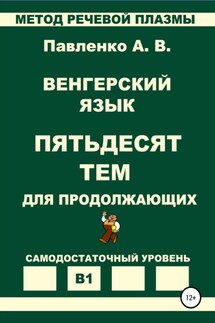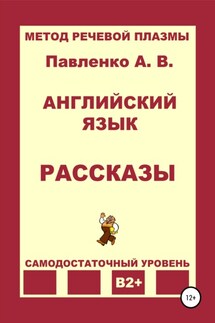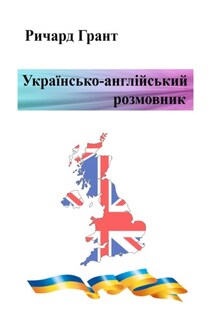Английский язык. Рассказы. Уровень В2+ - страница 5
I was in Norway because I was working as an archaeologist, specializing in mediaeval archaeology, in the town of Trondheim, which is nowadays not that large, but was the capital of Norway in the Middle Ages, when Norway had a large empire, which included the Shetland and Orkney Isles, Ireland for a while, Iceland and Greenland. So, it was a very rich town, and we dug it up, and there was a lot left from those times. We were not sure why there was a lot left, but a lot of old pots, and old leather and wooden articles survived. We found loads, especially things like forks and spoons, everyday objects.
We found a lot of rune-sticks, which was very exciting. What we were digging up was generally bits of wood, chips and chunks, and some of these lumps of wood had runes on them. Runes are a kind of writing which was used in Viking and mediaeval Norway. They are often thought to have been magical symbols, and in fact they may have also functioned in this way, but primarily they were used for simple writing, as they didn’t have paper but had tons of wood. The symbols are made up of straight lines, because if you have a knife and a piece of wood, this is the easiest way to make letters. Obviously, you couldn’t write books, or long texts, but it was a good system of conveying messages.
The content was often quite mundane, things like “Thorsson made me” or the alphabet, which is called the “Futhark” as the first letters were F-U-T-H-A-R-K. There was one strange one with something about Jerusalem written on it, which we couldn’t work out. Some of them were just wrong, I mean what was written on them was gibberish, just letters that didn’t really mean anything. These were all found in the rubbish, you see, and we think that there may have been people learning there, in kind of runic schools, where people had to write the alphabet twenty times and things like that.
We had buckets of water, and when we found something, a little piece of wood or something like that, we washed it and took a close look to see if there was anything there. Any runes we found were written down, and as it wasn’t in modern Norwegian – the runes were written in mediaeval Norwegian- someone had to get a book out, first of all to find out what letters the runes represented and then to find out what the text meant.
We found a lot of objects that we couldn’t identify. We found a very nice thing one day. Sonja, a Swedish woman who had been digging in the corner, suddenly said, “Whooah, look at this”, and carried this thing towards me. From a distance it looked just like a little piece of wood, but when it was about a yard away, I could see that it was a little king from a chess set. It was really, really exciting. To find the king was nice, not a pawn or a bishop, for example. We were really lucky that it came out in a lump, and we didn’t scrape his head off, as we were cutting sections of earth to examine one section at a time, and Sonja had spotted his head sticking up out of the ground. I think somebody had cut off his nose by mistake, but the rest of him was intact. The find more than made up for my losing my own king so many times!
Lost and Found
1. Where did this story take place?
2. Where did Thomas and his girlfriend use to go sometimes?
3. What did they use to do there?
4. Who would usually win at chess in the evening?









